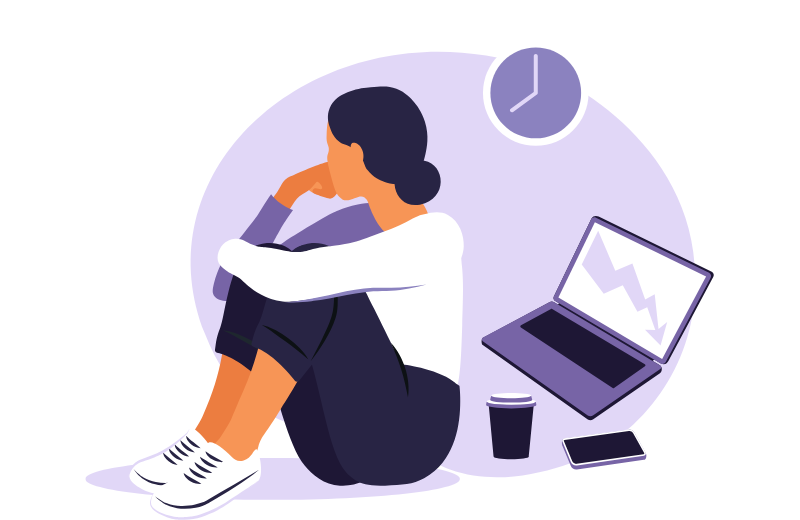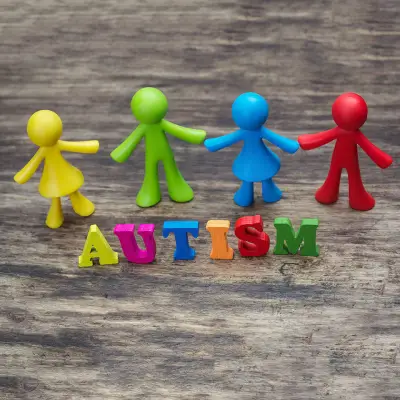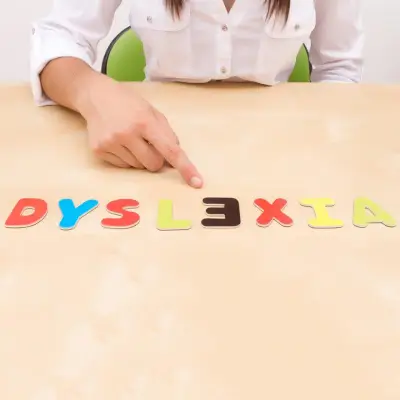If you’ve ever sat down with the intention of completing a task—maybe sending that email, tidying the kitchen, or starting an assignment—but somehow found yourself doing anything but that task, this blog post is for you. For people with ADHD, this frustrating experience may be part of something called executive dysfunction.
You might be reading this because you’ve noticed these patterns in yourself or someone close to you. Maybe you’re trying to understand why your child struggles with schoolwork despite being smart and motivated. Perhaps you’re an adult who’s always been labelled as disorganised or forgetful and are now learning there might be more to it. Whatever brings you here, this guide explores what executive dysfunction is, how it links to ADHD, what it can look like in everyday life, and how you can manage or support it.
Jump to:
- Executive Function Skills and How They Work
- What Is Executive Dysfunction in ADHD?
- A Tangle of Thoughts: The Internal Experience
- What Are the Symptoms of Executive Dysfunction?
- What Triggers Executive Dysfunction?
- Is Executive Dysfunction the Same as ADHD?
- How It Affects Relationships
- Can It Be Treated?
- Managing Executive Dysfunction
- Study Our ADHD Awareness Diploma for £29
Recommended for you!
Best SellersExecutive Function Skills and How They Work
Imagine your brain as the control tower at an airport. It doesn’t fly the planes, serve the food, or check the luggage, but without it, nothing would run smoothly. That control tower is what psychologists call your executive functions. These are the mental skills that help you:
- Plan ahead
- Stay organised
- Start and finish tasks
- Adapt when things change
- Keep emotions in check
- Focus your attention
- Remember what needs doing
In other words, executive functions help you manage your day-to-day life. They begin developing in early childhood and continue into your twenties. For many, they run in the background. But for others, especially those with ADHD, they don’t work quite as smoothly. That’s where executive dysfunction comes in.
What Is Executive Dysfunction in ADHD?

Executive dysfunction isn’t a diagnosis in itself. It’s a way of describing the challenges some people face when their executive functions don’t operate as expected. It’s common in people with ADHD, and many experts believe it lies at the heart of the condition.
So what does this actually look like?
Let’s say you’ve got a work deadline. You know it’s important. You’ve even set time aside to get it done. But instead of starting, you stare at your screen, paralysed by the thought of all the steps involved. You check your phone, feel guilty, promise to do it later, and the cycle continues.
This isn’t laziness or a lack of motivation. It’s a sign of executive functioning disorder, often seen in ADHD. It’s the brain struggling to shift from intention to action.
A Tangle of Thoughts: The Internal Experience
People living with executive functioning difficulties often describe it as knowing what needs to be done but being physically unable to do it. They might sit with mounting pressure, watching dishes pile up or emails go unanswered, while feeling completely stuck.
This kind of mental gridlock, sometimes called “task paralysis”, can be distressing. The task may not even be difficult, but something in the brain just won’t switch on.
What Are the Symptoms of Executive Dysfunction?

Symptoms can differ from person to person, but here are some common experiences:
- You frequently procrastinate, even when the task is urgent.
- You start a job, then drift off or become distracted by something else.
- You feel disorganised, often forgetting dates, items, or steps in a process.
- You struggle to prioritise or decide what to do first.
- You misjudge how long things will take or put them off until it’s too late.
- You have emotional outbursts, not because you want to, but because you’re overwhelmed.
Some days are better than others. On a “good brain” day, everything flows. On a “bad brain” day, even brushing your teeth can feel monumental.
What Triggers Executive Dysfunction?
When the system inside your brain is disturbed, executive functions are often the first to suffer.
Stress and anxiety are major culprits. When your brain is busy reacting to perceived danger (real or emotional), it has little capacity left for planning or organising.
Poor sleep also plays a part. A tired brain can’t manage time or attention effectively. The same goes for sensory overload, something common in both ADHD and autism. Loud noises, bright lights, or cluttered spaces can leave the brain scrambling.
And then there’s a lack of structure. When your day has no clear boundaries or expectations, the brain may flounder trying to decide what to do first.
Is Executive Dysfunction the Same as ADHD?
Executive dysfunction isn't quite the same as ADHD, but they’re closely linked.
You can think of ADHD as the umbrella, with executive dysfunction as one of the key features underneath it. Most people with ADHD will experience executive functioning impairment to some degree, but not everyone with executive dysfunction has ADHD. It can also occur in autism, depression, anxiety, and brain injury.
How It Affects Relationships

Executive dysfunction isn’t just an internal issue; it impacts those around you too.
If you’re in a relationship with someone who often forgets important dates, struggles to follow through on tasks, or leaves mess behind, it can feel personal. But it’s rarely a reflection of how much they care.
It’s easy to mistake executive functioning problems for irresponsibility or indifference. This can lead to resentment, arguments, or misunderstandings.
Building awareness on both sides can make a world of difference. Talking openly, finding systems that work, and approaching things with empathy can help keep the relationship strong.
Can It Be Treated?
Executive dysfunction can be treated, but this doesn’t necessarily mean “fixing” the brain. It’s more about learning to work with it, not against it. Executive dysfunction treatment often includes:
- Cognitive Behavioural Therapy (CBT) to build strategies and self-awareness
- ADHD coaching to develop practical systems
- Medication (especially for those with ADHD), which can improve focus and control
- Tools and routines, like planners, timers, or visual checklists
- Lifestyle support, adequate sleep, exercise, and good nutrition really do help
Occupational therapy or executive dysfunction therapy can also guide people in building helpful routines and identifying what works for them.
Recommended for you!
Best SellersManaging Executive Dysfunction
There’s no one-size-fits-all solution for managing executive dysfunction, but here are some tried and tested ideas:
- Start small. If the thought of cleaning your kitchen is overwhelming, just do one surface.
- Use visual cues. Sticky notes, wall calendars, and phone alarms can help bridge memory gaps.
- Time-box your day. Block off tasks in chunks and take breaks in between.
- Celebrate micro-wins. Got out of bed? Sent that email? That’s progress.
- Reduce friction. Keep keys by the door, meals simple, and reminders obvious.
- Build accountability. Share your goals with someone who’ll check in kindly.
- Stick to a routine. The more automatic your day becomes, the less energy you’ll need to plan it.
Many people with executive dysfunction wonder how to get things done. It’s about creating a kinder, more forgiving environment that sets you up for success.
Study Our ADHD Awareness Diploma for £29
If this article resonated with you and you’d like to learn more, the ADHD Awareness Diploma Course from Centre of Excellence is the perfect place to start. This course offers in-depth insight into ADHD, executive functioning challenges, and real-world strategies for thriving. Enrol today for a discounted price of £29!












